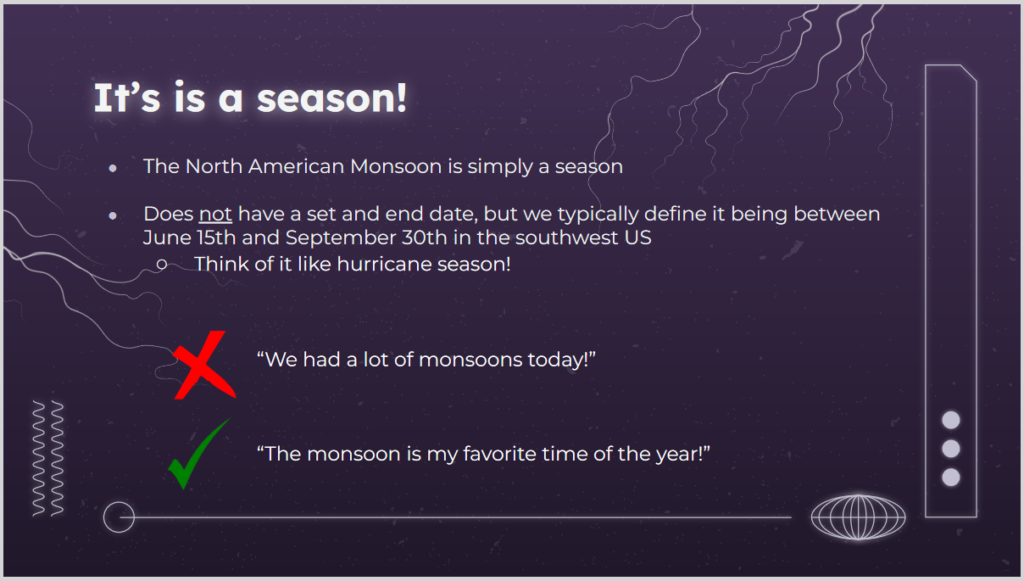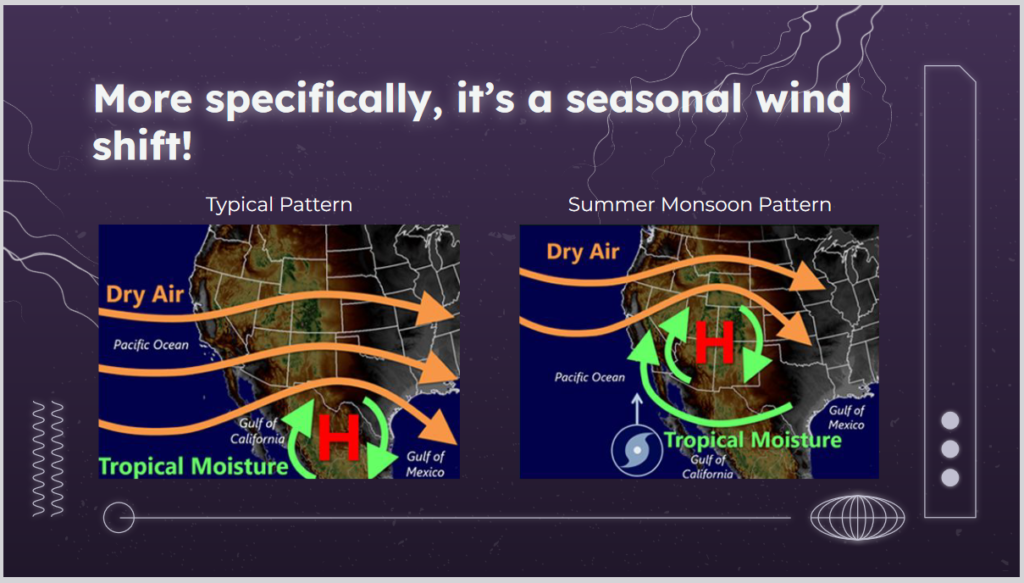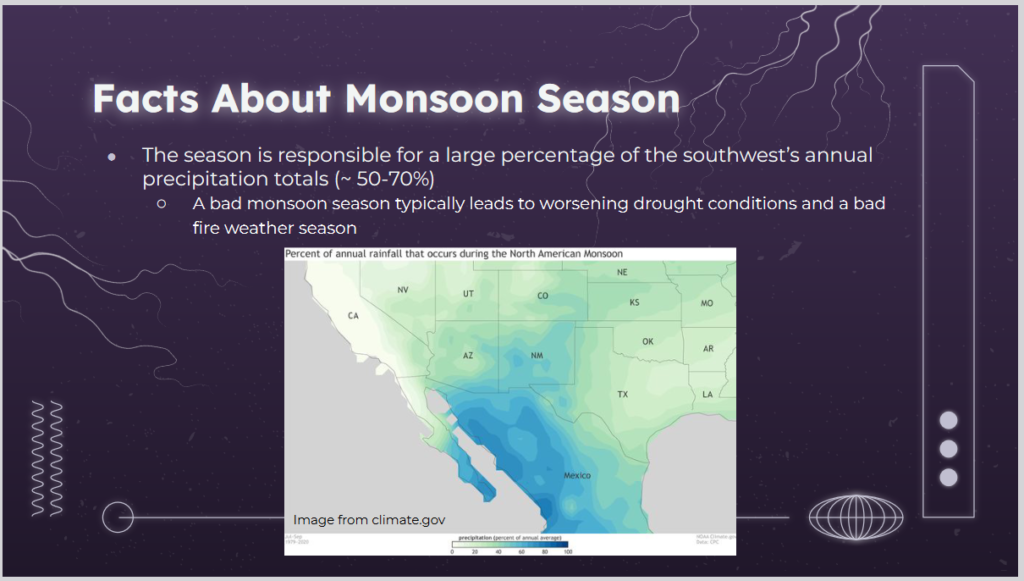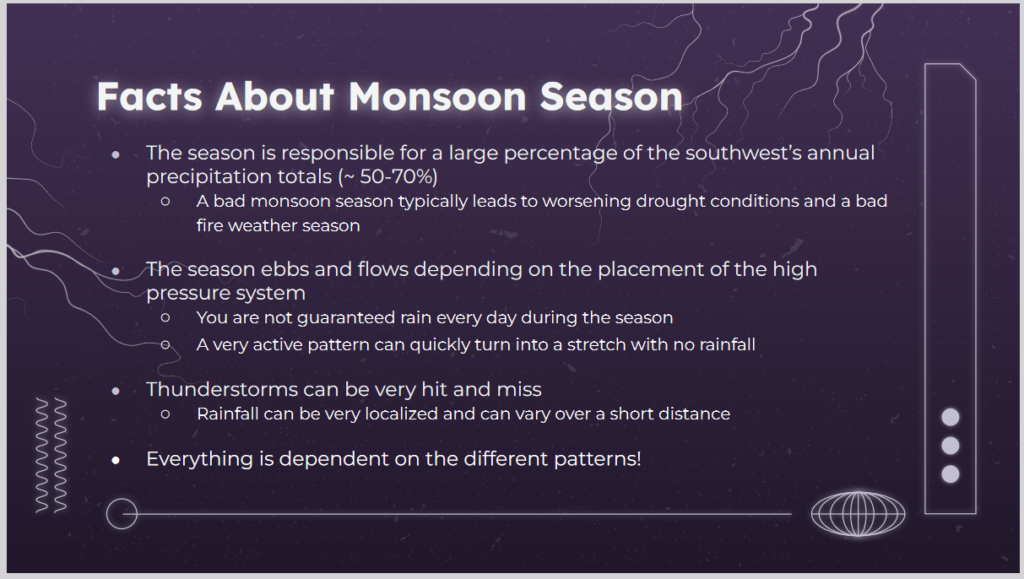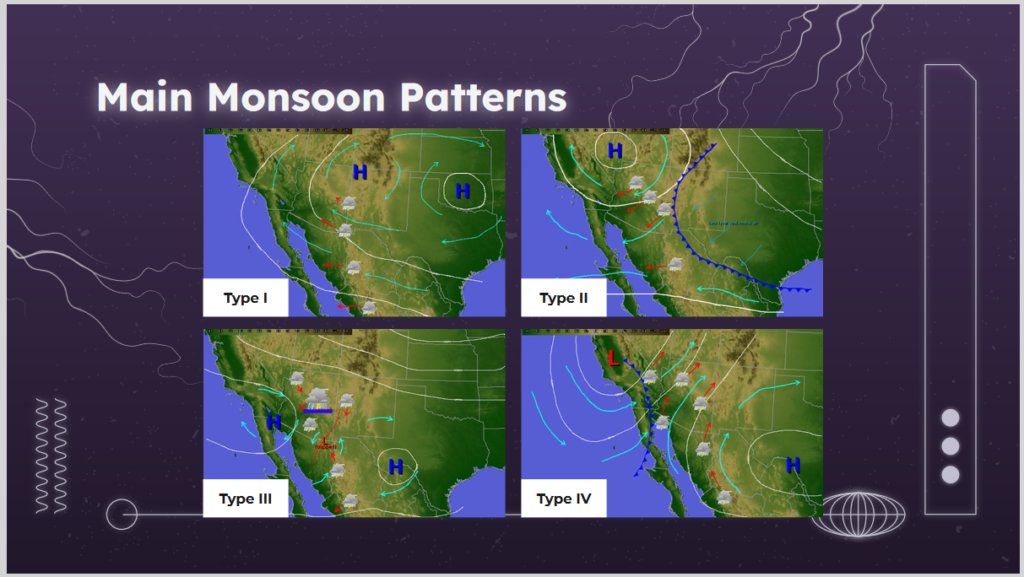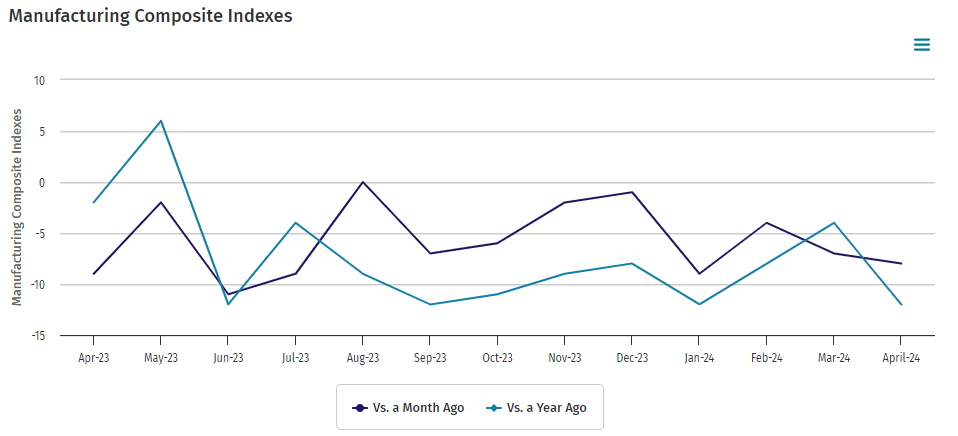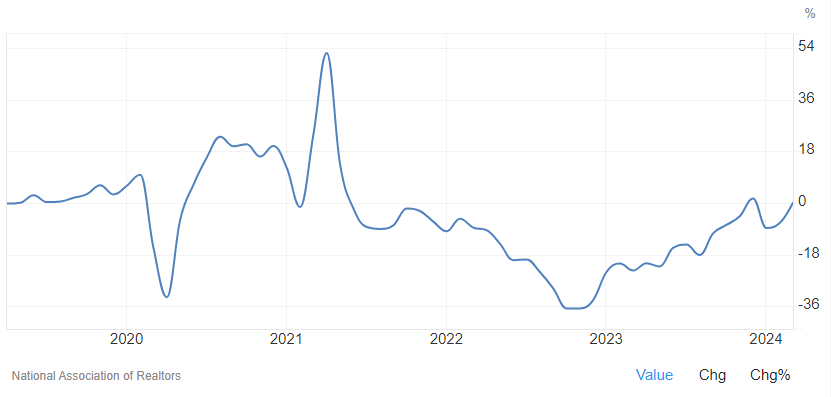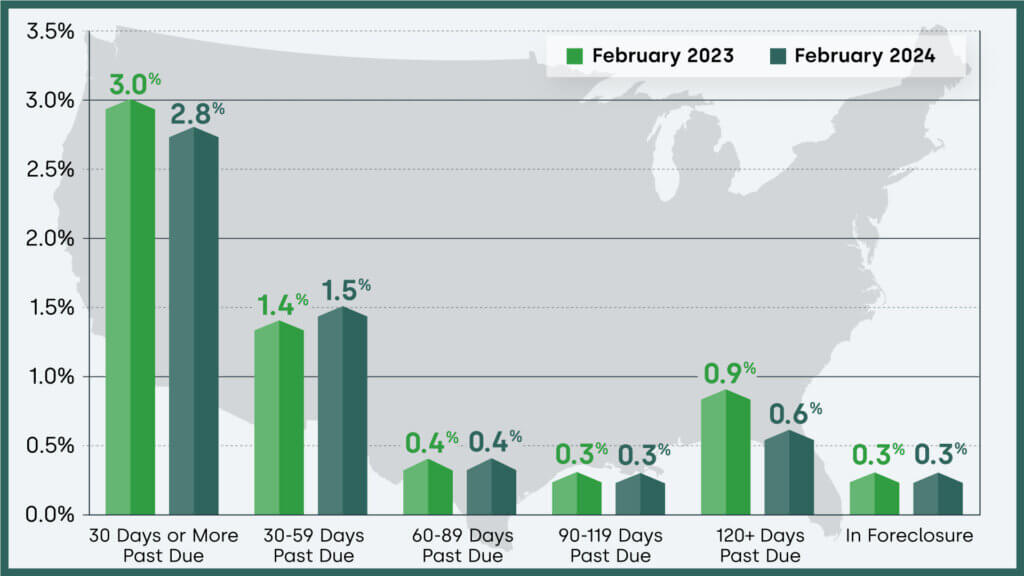Today Through the Fourth Friday (22 to 28 days) Weather Outlook for the U.S. and a Six-Day Forecast for the World: posted April 29, 2024
It is difficult to find a more comprehensive Weather Outlook anywhere else with the ability to get a local 10-day Forecast also.
This article focuses on what we are paying attention to in the next 48 to 72 hours. The article also includes weather maps for longer-term U.S. outlooks and a six-day World weather outlook which can be very useful for travelers.
First the NWS Short Range Forecast. The afternoon NWS text update can be found here but it is unlikely to have changed very much. The images in this article automatically update.
Short Range Forecast Discussion
NWS Weather Prediction Center College Park MD
Mon Apr 29 2024
Valid 12Z Mon Apr 29 2024 – 12Z Wed May 01 2024…Severe Weather and Flash Flooding concerns shift into the Lower
Mississippi Valley today……High-elevation snow is forecast to overspread the Pacific Northwest
into the Northern Rockies Monday and Tuesday……Warmer than average temperatures spread from Midwest to Mid-Atlantic;
colder weather returns to the Northern Plains and the Pacific Northwest
with warming trend across the central/southern High Plains…Fortunately, the worst of the heavy rain and thunderstorms should be
behind us by this evening. The complex of storms responsible for Flash
Flood emergencies over parts of eastern Texas overnight, are forecast to
move through southeastern Texas and southern Louisiana today. The Storm
Prediction Center has a Marginal Risk (level 1/5) out for parts of
southern Louisiana due to the threat of severe wind gusts and hail. We
issued a Slight Risk (at least 15%) of Excessive Rainfall leading to Flash
Flooding for much of central/southern Louisiana for today due to the
potential for high rain rates in that aforementioned line of storms.
Meanwhile, snow showers are likely to develop over the higher elevations
of the Northwest this morning and continue into early this evening before
tapering off. Another round of snow showers are expected to occur on
Tuesday afternoon/evening over the same area beneath another upper-level
disturbance. Snowfall on the order of 6-12 inches with isolated higher
amounts are forecast to accumulate over parts of the Cascades and Northern
Rockies by Tuesday morning.An organized low pressure system will spread showers and thunderstorms
across the Great Plains and Mississippi Valley on Tuesday. The Storm
Prediction Center issued a Slight Risk (level 2/5) of Severe Thunderstorms
for parts of eastern Nebraska, western Iowa, northwest Missouri, eastern
Kansas, southeast South Dakota and southwest Minnesota on Tuesday with a
risk of very large hail, severe wind gusts and a few tornadoes being the
primary threats. Downstream of this, scattered to isolated showers and
thunderstorms will move through the Ohio/Tennessee Valley and into the
East Coast on Tuesday. The Excessive Rainfall Outlook remains Marginal (at
least 5%) for those areas at this time.Temperature-wise, upper troughs propagating through the Northwest and
Northern Plains/Upper Midwest will keep things cooler than average today.
Things warm up a bit across the Central U.S. up into the Upper Midwest on
Tuesday. Temperatures will be well above average across much of the East
Coast this week with today being the warmest of the bunch. There’s a
chance for several stations in the Mid-Atlantic to tie or break high and
low temperature records today and tomorrow with highs in the 80s to low
90s and lows in the 50s and 60s.





